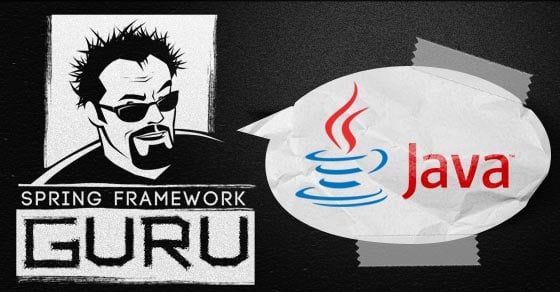Using Logback with Spring Boot
Logback makes an excellent logging framework for enterprise applications. It’s fast, have simple but powerful configuration options, and comes with a small memory footprint. I introduced logback in my introductory post, Logback Introduction: An Enterprise Logging Framework. In a series of posts on Logback, I’ve also discussed how to configure Logback using XML and Groovy. […]Continue reading





